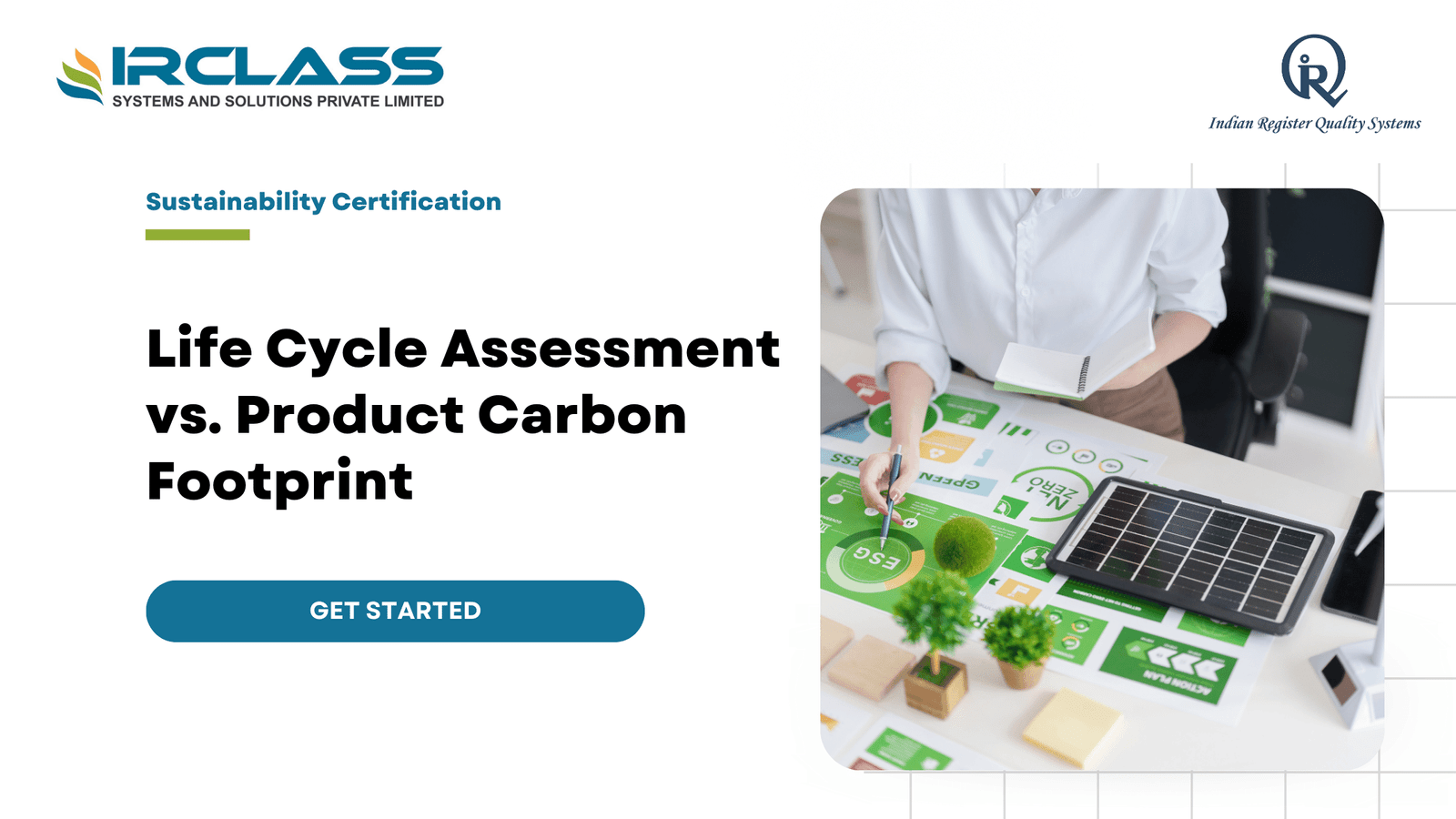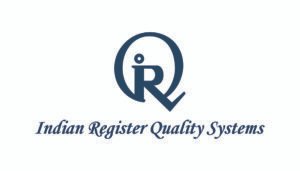Category: Business Responsibility & Sustainability Reporting (BRSR)
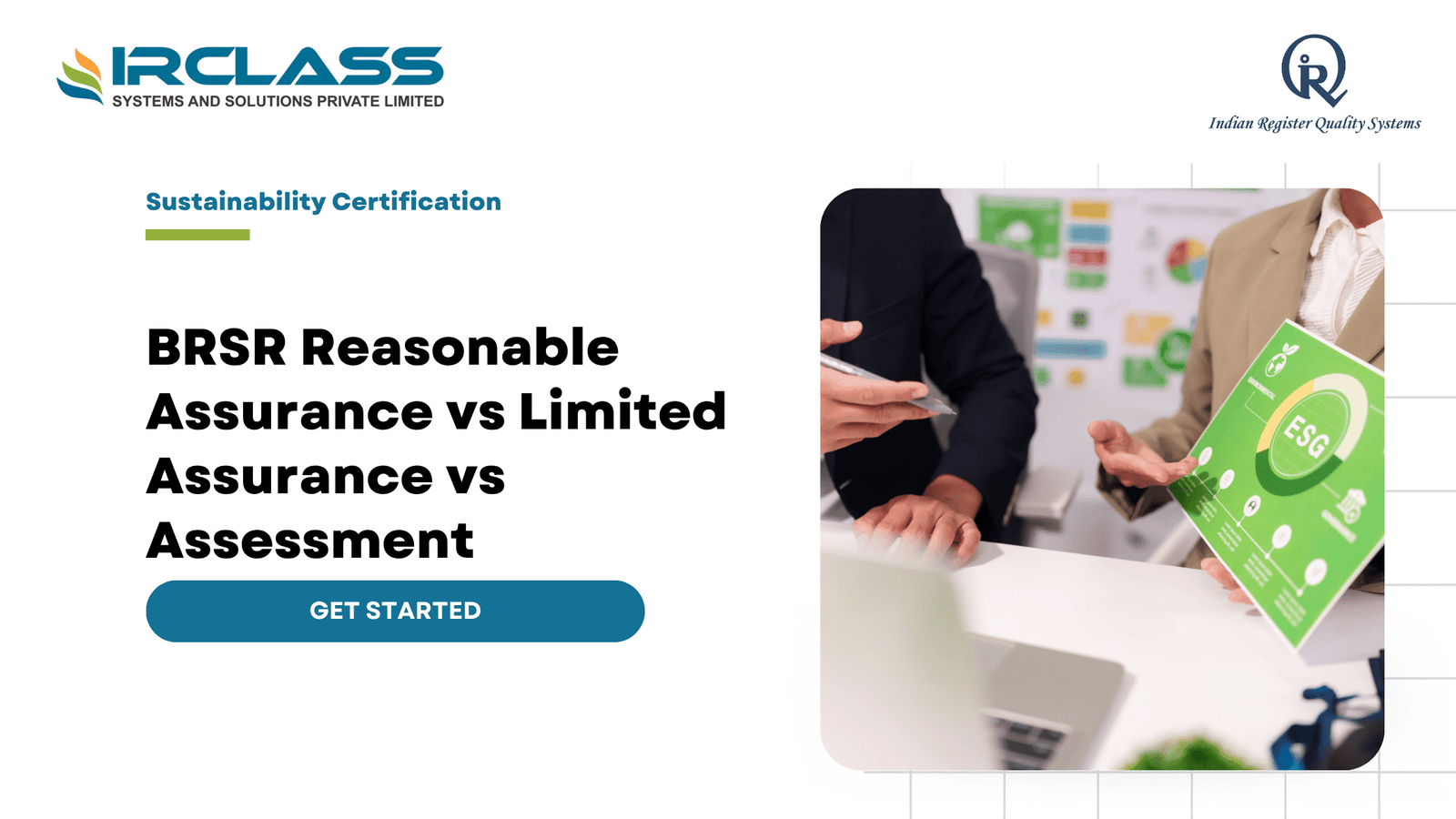
BRSR Reasonable Assurance vs Limited Assurance vs Assessment
Companies in India are now reporting ESG data not just for compliance but also for trust and clarity. The BRSR framework makes this process more formal through defined indicators along with a push for third-party assurance. For listed companies, the difference between an internal review and an external opinion is now part of regulatory expectations. Knowing how assessment works along with how limited and reasonable assurance compare is the first step to preparing your ESG report the right way. Why assurance matters in ESG reporting Assurance brings structure to how companies report non-financial data. It helps confirm that the data is correct along with consistent across time periods and reporting boundaries. The SEBI BRSR Core framework makes assurance mandatory for certain ESG indicators. This rule will apply to the top 1,000 companies in India by financial year 2026–27. That means your team needs to move from internal tracking to verified reports that others can rely on. What assessment means and what it covers ESG assessment is usually conducted at the initial stage of reporting. It assists in mapping the most important things as well as missing data. The company can do this on its own or through a consulting partner. Assessment assists in developing the report, but not the degree of review that is associated with assurance. It is useful in preparation and planning but is not considered as formal validation under BRSR. How limited assurance works Limited assurance is a third-party review that checks if the report contains major issues or clear mistakes. It relies on small samples along with interviews and does not go very deep. The final opinion is usually written as a negative statement. It says that no material misstatements were found but does not confirm full accuracy. Limited assurance is common in early-stage ESG reporting or when regulations do not ask for full verification. What reasonable assurance includes Reasonable assurance is a deeper and more structured review. The third party tests the company’s systems along with the data and the process behind it. They look at how the company collects information and whether it can be traced to a valid source. This level of assurance ends with a positive statement which confirms that the data is accurate based on the review. It is the only level accepted for the mandatory BRSR Core indicators under SEBI’s rule. SEBI’s assurance timeline SEBI has introduced a clear path for how companies will move into reasonable assurance. The indicators covered include emissions, energy, water, waste, safety, workforce and other core metrics that can be verified through data. What companies need to be ready Reasonable assurance cannot be done in a rush. Your company needs strong records along with consistent reporting systems. Every ESG metric should have a clear owner and a method that can be reviewed. You also need to know which KPIs are required and whether the data is available across your operations and value chain. Any gaps should be fixed before the review begins. Where GRI reporting supports assurance GRI is a voluntary reporting system but it offers a structured way to manage ESG data. It helps define what matters and builds a path to deeper reporting. Since SEBI’s BRSR Core is now mandatory, GRI can help support the process by offering detail, clarity and context. The GRI and BSE mapping document also shows which GRI indicators match BRSR disclosures. Using both together helps create a report that is easier to assure. How companies are using both GRI and BRSR Many companies now use GRI to build out the full report and meet global stakeholder needs. They then use the BRSR Core as the base for compliance. GRI adds materiality along with narrative and policy detail which helps support the assurance process. This approach reduces confusion and gives companies a way to meet local rules and global expectations without writing two separate reports. Key differences between the three levels Review Type Done By Depth of Review Accepted for BRSR Core Assessment Internal or advisory firm High-level scan of data and gaps No Limited Assurance Independent third party Surface-level testing with limited scope No Reasonable Assurance Independent third party Deep testing of data and controls Yes Steps to prepare for reasonable assurance • Check which BRSR Core KPIs need assurance and map them to your internal data • Assign owners across departments to manage data sources and tracking • Use mock audits to check whether data is traceable and policy support is clear • Apply GRI to add structure and consistency across topics and metrics • Work with your assurance partner early to avoid issues during final review Why this shift matters now Assurance is no longer optional for many companies in India. Investors along with regulators, want ESG data that can be trusted. Limited assurance may work for general reportin,g but will not meet the standard now required under BRSR Core. Companies that wait too long to prepare may face last-minute pressure or risk non-compliance. How Indian Register Quality Systems can support your team Indian Register Quality Systems works with companies that need support across all three levels. Whether you are building your first ESG report or preparing for reasonable assurance, our team helps you move step by step. With clear planning and careful delivery, we help you meet SEBI requirements without added confusion or wasted time. FAQs What is the difference between assessment and assurance in ESG reporting? Assessment helps you review ESG practices and identify gaps while assurance checks if your data is accurate and ready to meet external reporting rules. Does SEBI require limited assurance or reasonable assurance for BRSR Core? SEBI requires companies to obtain reasonable assurance for specific ESG indicators under BRSR Core and does not accept limited assurance for those metrics. Can a company use GRI reporting to support BRSR compliance? Yes, using GRI helps companies structure their ESG data and supports BRSR disclosures with clear topics along with globally recognised reporting standards. Who is required to follow BRSR Core
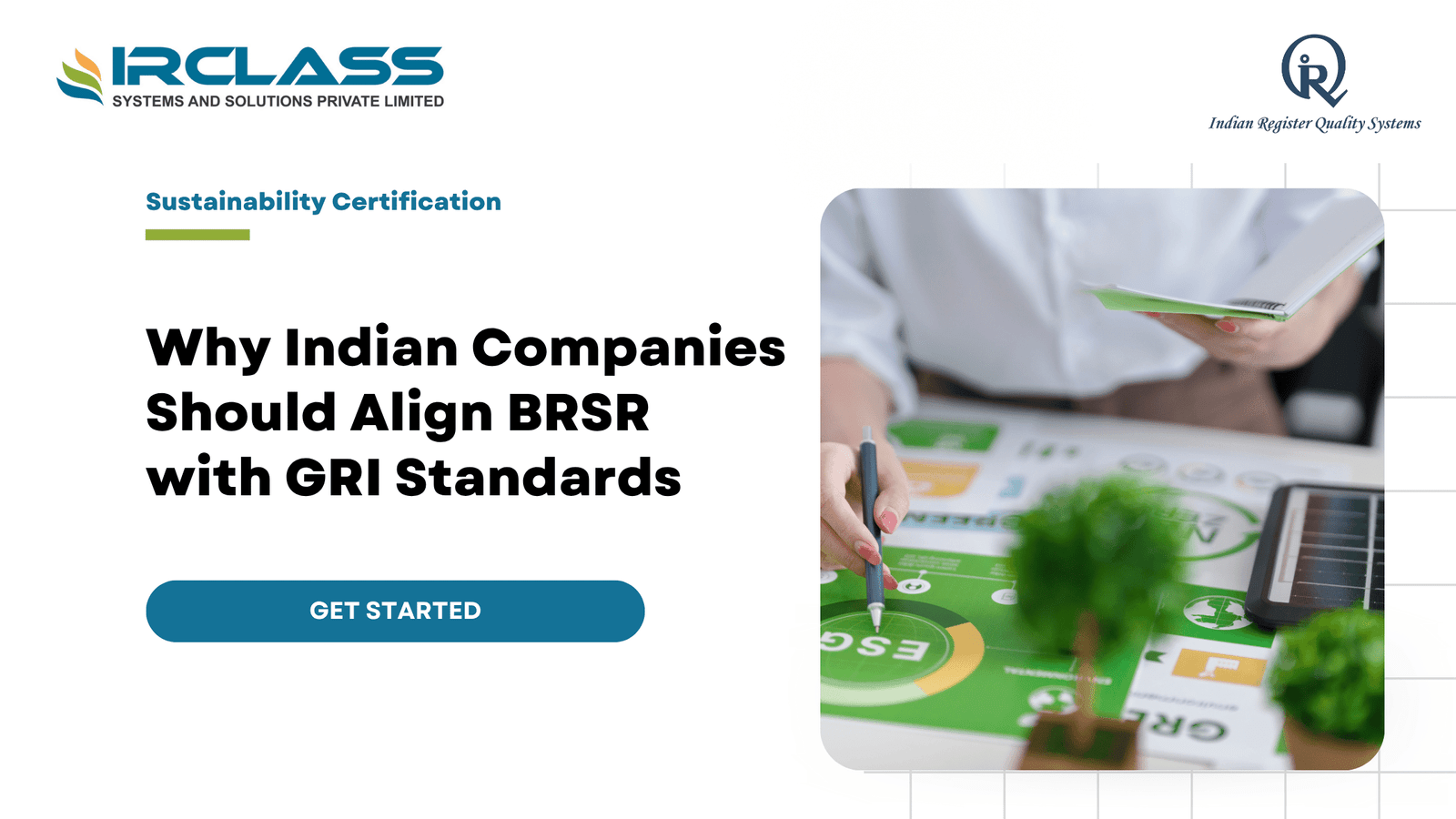
GRI Reporting and SEBI’s BRSR: Building Credible ESG Reports for Indian Companies
In India, more companies are paying attention to sustainability reporting due to the desire to demonstrate obvious evidence of the impact of their activity on people and the planet. It is no longer a formal requirement to report, as investors and regulators are requiring more transparency. The Global Reporting Initiative or GRI offers companies a chance to report their environmental, social, and governance data in a credible and organized format. Why GRI matters for Indian companies today GRI reporting assists companies in quantifying and report their ESG performance in a manner that is comprehensible by people. It provides organization to the data that would otherwise remain dispersed among departments. This is to produce one report that links the activities of an organization with their effects on society and the environment. This facilitates easier comparison of performance across time and sectors by the investors and customers. How SEBI’s BRSR changes the ESG reporting space The Securities and Exchange Board of India introduced the Business Responsibility and Sustainability Reporting framework, known as BRSR, to bring consistency to ESG reporting. This rule applies to the top one thousand listed companies by market capitalization. It requires companies to disclose ESG indicators that show how responsibly they manage environmental and social risks. While GRI is voluntary, BRSR is mandatory for these top companies. When used together, they form a system that covers both compliance and credibility. GRI and BRSR: how they connect in practice GRI and BRSR share similar goals but serve slightly different audiences. GRI gives a global view that supports comparison across countries along with sectors. BRSR focuses on India’s specific social and environmental priorities. The GRI Standards have been mapped against the BRSR indicators so that companies can prepare one report that satisfies both sets of requirements. This mapping was developed by GRI in partnership with the Bombay Stock Exchange to help Indian companies streamline their ESG work. Voluntary versus mandatory: what companies should understand GRI remains a voluntary framework that companies adopt to improve the quality of their ESG communication. The BRSR of SEBI, on the other hand, is compulsory to the leading listed companies in India. Those companies that integrate both strategies are able to fulfill the expectations of the national compliance and remain updated with the global investors. This balance assists them in reporting without having to repeat the same process under two different systems. Global versus local: how GRI and BRSR complement each other GRI supports global comparability because it follows internationally accepted standards. BRSR focuses on local social and governance needs that are specific to India. The key structure of GRI reporting GRI reporting follows a modular structure that includes Universal, Sector, and Topic Standards. Universal Standards form the foundation because they define the organization’s governance, values, and reporting process. Sector Standards address industry‑specific topics that vary from manufacturing to services. Topic Standards cover detailed ESG areas such as emissions, waste, and labor safety. This structure gives flexibility while keeping every report comparable and complete. Understanding SEBI’s BRSR Core requirements In 2023, SEBI published the BRSR Core to enhance the quality of ESG reporting. The BRSR Core has fewer key indicators that should be reported using verified data. These are greenhouse gas emissions, employee welfare, and value-chain disclosure. In the case of selected indicators, companies should seek reasonable assurance from an independent third party. By 2026-27, this assurance process will be mandatory for the leading companies. How companies can align GRI with BRSR Core The value of a materiality‑based approach GRI reporting is built around the idea of materiality, which means focusing on the issues that matter most. Companies start by identifying their actual and potential ESG impacts across their value chain. These are then ranked by significance and scope to decide which topics must be reported. The same logic supports BRSR because SEBI expects companies to share information that is relevant to their operations along with stakeholder interests. A materiality‑based report is easier to read and more useful for decision‑making. Why GRI makes BRSR reports stronger BRSR offers a well-organized list of indicators and does not necessarily leave room to elaborate. GRI bridges that gap by giving companies the opportunity to provide context and rationale to each disclosure. It provides room to outline strategy, policy and action plans in simple terms. This assists the stakeholders in not only knowing what a company has accomplished but also how it intends to enhance its performance. Combining GRI and BRSR will give a report that conveys both facts and intent. Benefits of GRI alignment for Indian companies The alignment with GRI will have a practical benefit to companies that already report under BRSR. It assists in enhancing internal data systems and encourages uniform data gathering within departments. It also establishes credibility among foreign investors and other global supply-chain partners who are aware of the GRI framework. Above all, it transforms ESG reporting into a long-term strategic instrument that contributes to growth and accountability. How GRI and BRSR reporting drive better ESG performance A feedback loop is established when both frameworks are used concurrently by companies. Information collected by BRSR assists in fulfilling local requirements, whereas GRI provides more insight into the performance patterns. This combination assists in the early identification of risks and demonstrates the areas of improvement. In the long run, it assists the management in establishing more robust sustainability objectives that are quantifiable and achievable. The strategy also equips businesses with the future changes in regulations as ESG reporting develops in markets. The path forward for ESG reporting in India With the increasing ESG demands, Indian companies will still be under pressure to report in a clear, credible, and comparable manner. GRI provides a platform that facilitates international presence. BRSR by SEBI makes all large companies accountable at home. The combination of the two frameworks offers a balanced approach that is suitable for both national regulations and global standards. Those who embrace both today will remain on the curve and be prepared to change in the
Search
Useful Links
Recent Posts
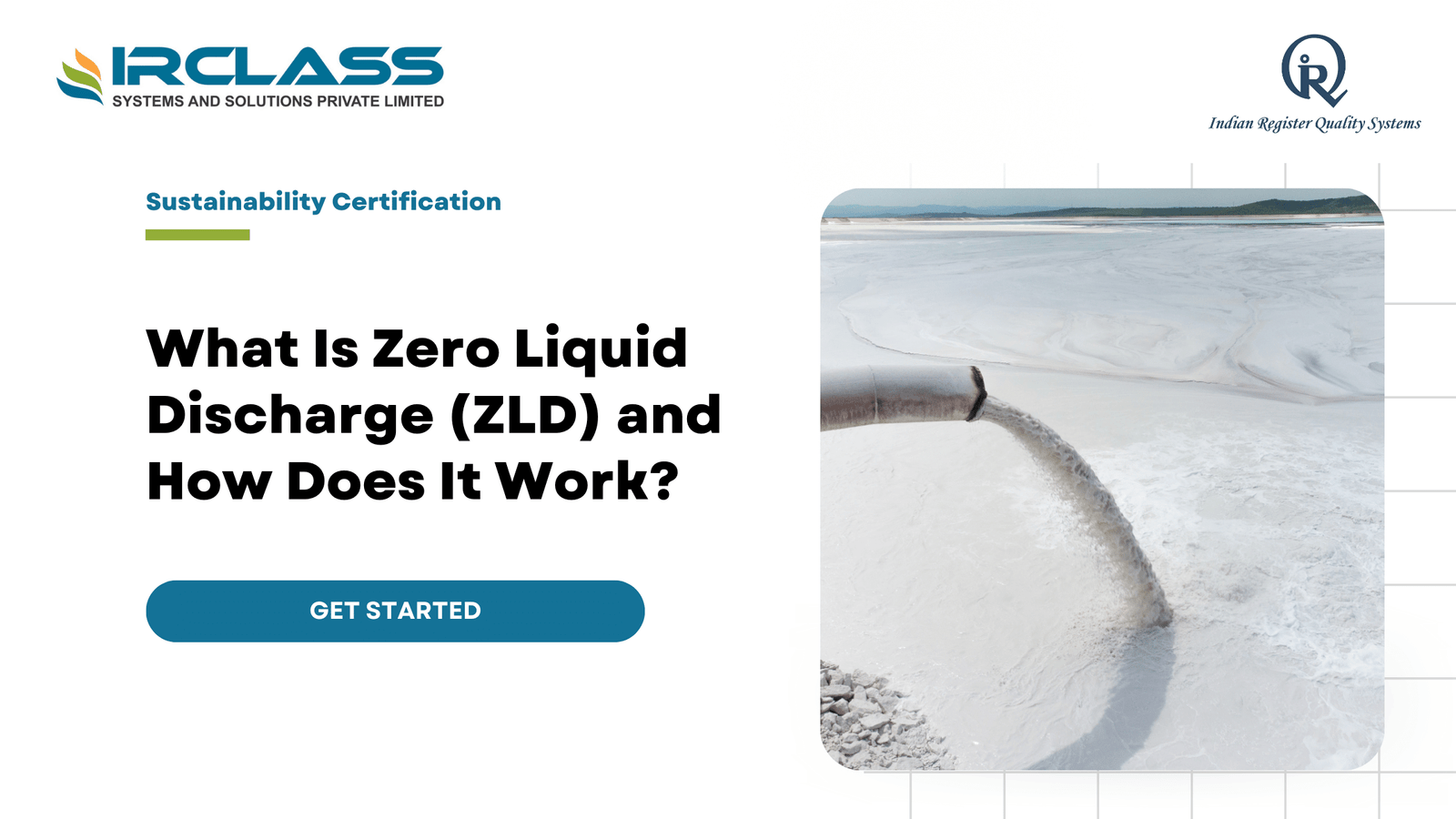
What Is Zero Liquid Discharge (ZLD) and How Does It Work?
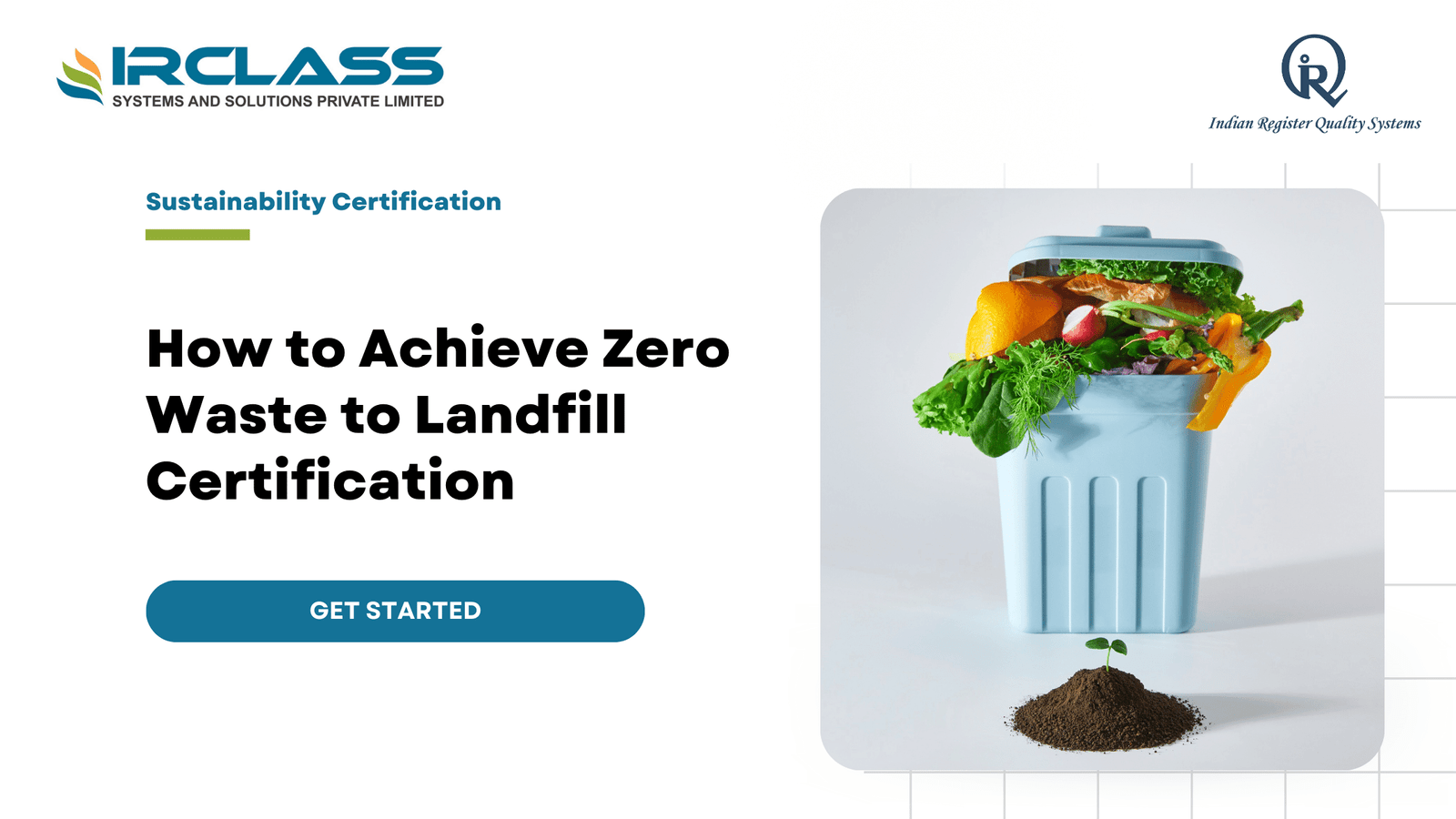
How to Achieve Zero Waste to Landfill Certification: Step-by-Step Guide
